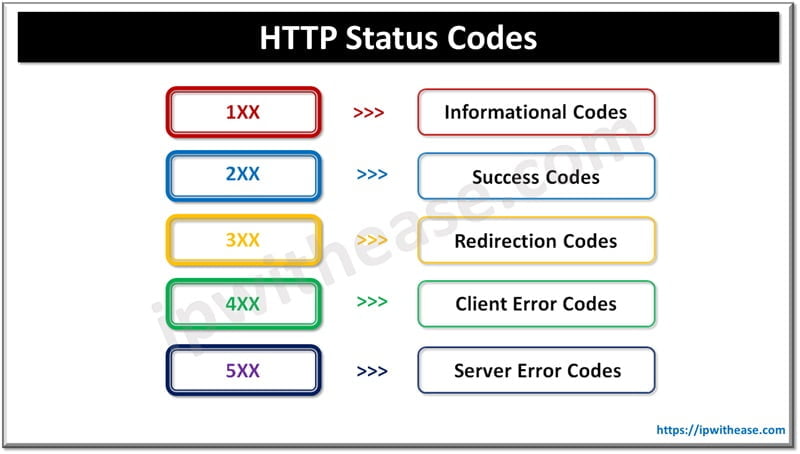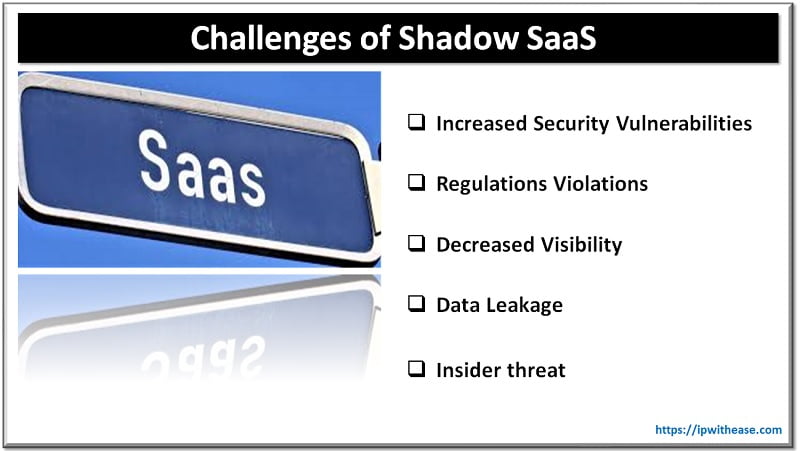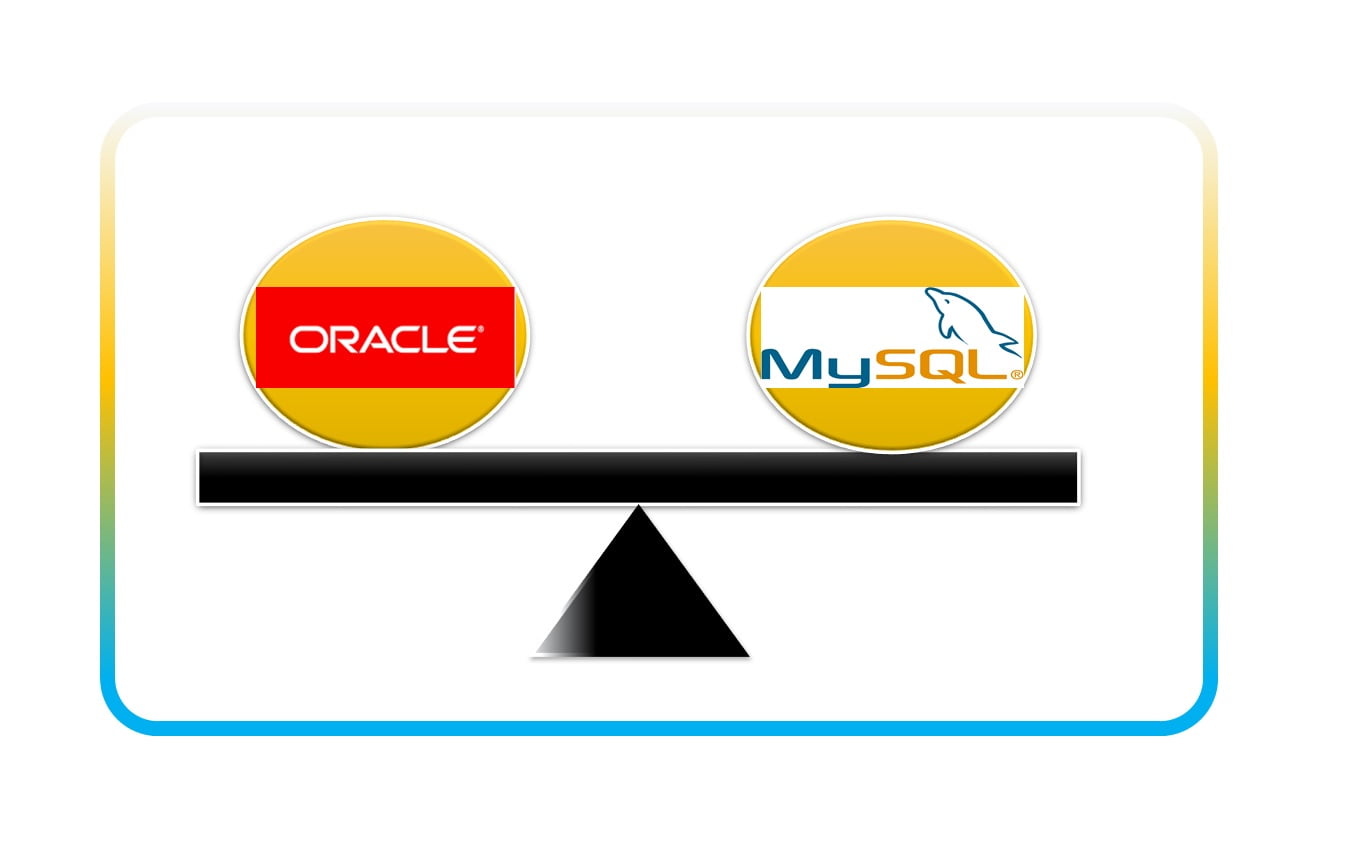What Is Test Management?
As software projects become bigger and increasingly complex with multiple stakeholders, requirements, and other system integrations, there’s a need for structured testing. Structured testing helps you understand if your software meets customer expectations with better user interfaces and features and offers compatibility across multiple operating systems. A test management process or software not only enables you to complete tests but also helps you take over the management of tests.
The complete test management process includes many steps like:
- Defining software requirements and known risks.
- Designing test cases to match the requirements.
- Planning new test milestones, running both tests, and recording issues from tests
- Analyzing the results and managing core issues.
- Updating the test status into feed status reports
- Obtaining final sign-off on test requirements.
Test management tools facilitate processes involved in testing thus reducing the burden on test managers as well as testers providing for consistency from one test to another while also managing different activities.
This allows for organizations to confirm quality, performance, functionality, and schedule requirements.

How to Structure Your Test Management Approach
Like other parts of the software development cycle, you need to plan the approach before you start testing the software.
Whether there’s some plan already in progress or let’s say if you opt for a more formal strategy this helps you become launch-ready with a ready-made template.
Preparation
The first phase or Preparation stage lays the groundwork and standard for testing and identifies opportunities and requirements that shape these. This consists of the following stages.
Define
During the Define stage, your team:
- Takes hold of stakeholder needs as well as their software requirements
- Confirms that the requirements are written correctly and this step documents both known and potential issues that impact testing.
Design
During the Design stage, the focus is on developing test cases and, in turn, test suites.
- A test case runs either the software requirements or risks associated with the same so that you can independently test, evaluate and define the steps for the workflows.
- Test suites organize cases into groups that ensure smooth and structured testing.
Plan
With expectations for testing, its risks documented, and test case development you need to put everything together and create your plan.
This is where an automated testing and monitoring platform can come into play.
With a solution like Test Monitoring tool, you can:
- Track the progress of test cases and test runs.
- Share updates with stakeholders.
- Look at which test cases made the cut, and which ones failed, and see which ones require more time from your end.
Resolve
After the testing ends leave a trail of test cases that you may audit anytime along with sign-offs and mention issues to resolve. During the resolve stage, assign open issues and prioritize them by their need or impact.
As the software updates, you can run the test again and record new results. The test manager should have a clear view of the tests done and what needs fixing.
End-to-End Task, Requirement, and Issue Tracking
This is essential and that’s why this needs to go first.
Developers and test managers may only sometimes have the time to monitor tests across multiple sources, create spreadsheets and documents, and gather updates from different inputs. This is true if your organization uses either manual or automated testing. The results from automated tests are generated through different stages of test management.
Give team members the feature to track their workload at a high level and drill down to each test case, based on the project just with a click.
And for monitoring automated test results, you can use Test Monitoring tools to consolidate test results and act as the benchmark for everything around testing.
Take it to a new level by letting users filter tasks by requirement, milestone or stage their resources effectively.
Start from intake to testing to resolving issues and final closeout to understand the overall health and timing of the product. Use real-time insights to improve the productivity of your team.
Intuitive Dashboards and Reporting
Sharing project statuses with stakeholders and other team members is critical but it not not a chore. When looking at test management tools, look at the ease with which to filter and display results and progress across the work done. Look at the ease with which you can track the project and its impact level. When using reporting tools can you configure them tools to meet your need?
A repository of support and training resources
Whether you want advanced features to improve your work or want easy-to-use guides for one-time users, the test management platform should cover you with many resources Look for a partner that provides you great deal of access to your knowledgebase, searchable articles and tutorials, as well as to recorded webinars to secure you give information to users and clients.
Flexible platform with performance to match
The diverse range of operating systems, and platforms that software developers, testers and stakeholders can be wide.
The range of operating systems, devices, and platforms that software developers, testers, and other stakeholders use can be wide. There’s also the need for remote work and all-time accessibility anywhere.
As you study different options make sure the system is compatible with the software and hardware your users want and you can guarantee both uptime and availability.
Security and Encryption
Software testing and data from bugs and defects can be sensitive for your product. The last thing to do is get unauthorized users to creep up into the testing environment or find the information in an unencrypted state.
That’s why the test management tool should have strong encryption method to keep data safe and in transit and rest.
Conclusion
So these are the steps to take to automate test management and note down the different aspects of managing tests.
Continue Reading:
Software Testing for Your IT Business
The Importance of End-to-End IoT Testing in Ensuring Device Reliability
ABOUT THE AUTHOR
IPwithease is aimed at sharing knowledge across varied domains like Network, Security, Virtualization, Software, Wireless, etc.



